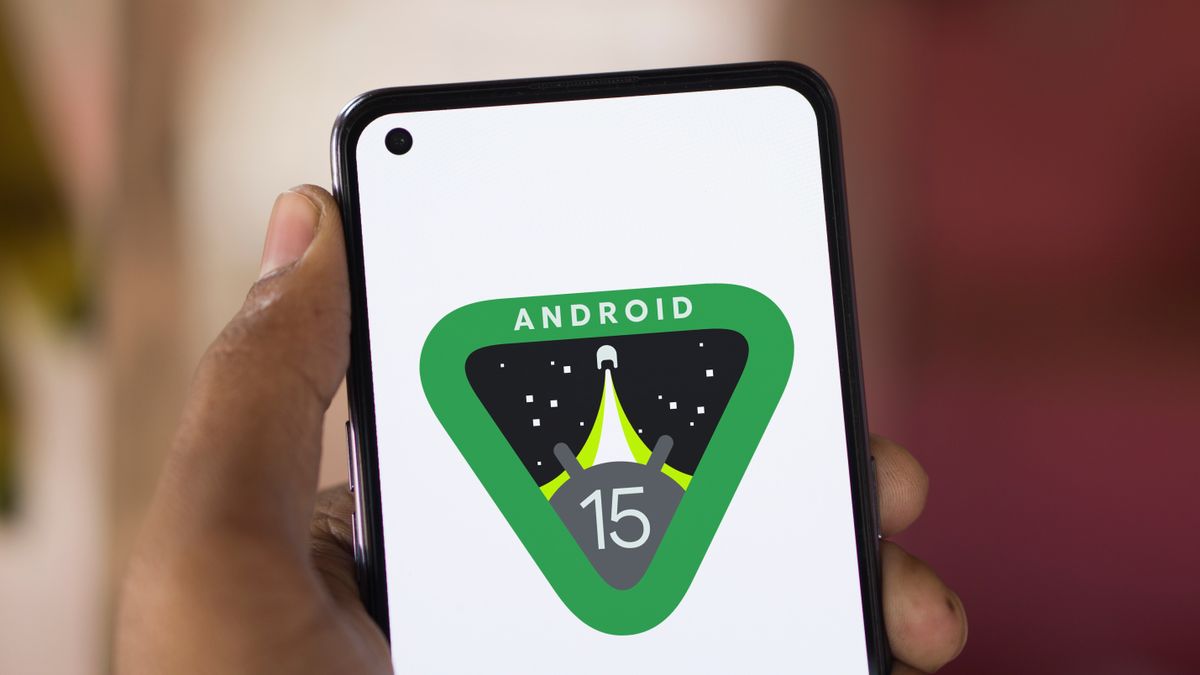This comes courtesy of Android Authority and the Android Faithful podcast, which featured VP of Engineering for the Android Platform Dave Burke and President of the Android Ecosystem Sameet Samat to talk through some finer points of Android 15.
Thanks to some under-the-hood tweaks, devices running Android 15 can switch to the low-power doze mode around 50% faster than devices running Android 14, according to Burke – and that has the potential to lead to some significant battery life savings.
Burke went on to say that some of the devices Google had tested were seeing an extra three hours between battery recharges. That’s enough to get you to the end of the night if your phone is normally running out of juice by the early evening.
Coming soon
Of course, this isn’t a guarantee that as soon as Android 15 hits your Google Pixel 8 or Samsung Galaxy S24, you’ll instantly see a three-hour battery boost. However, it’s a promising indication that the software update will substantially improve efficiency.
The finalized, public release of Android 14 was pushed out in October 2023, and it’s likely that Google is going to follow the same schedule this year – so the OS will start rolling out to devices just in time for the launch of the Google Pixel 9.
Google has formally revealed a number of new features for Android 15, including a new Private Space locker that’s kept separate from your phone. Other features, such as satellite messaging, have been spotted in the code but aren’t official yet.
Burke and Samat also chatted about improved efficiency for Wear OS 5 – so marathon runs, for example, will use up 20% less power than they do on Wear OS 4. That should mean the best Wear OS smartwatches can go longer between charges.











